"Lingnan is in Guangdong Province. You ladies and gentlemen are studying hard here, knowing that this school is on a large scale, well-organized, and known to provide an excellent education. Compared with other schools, it is the best not only in Guangdong but also throughout China's southwestern provinces. It may even claim to be second to none."
The story of Lingnan University began in 1888 in Guangzhou, China.
The American Presbyterian Church set up the Christian College in China in Guangzhou and till 1893, the Christian College in China disassociated itself from the American Presbyterian Church, and became a Christian university governed by a board of trustees based in New York.
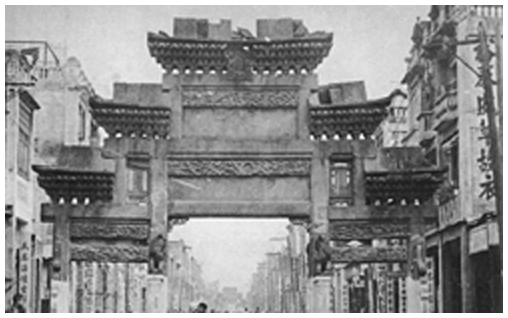
In 1900, the government's suspicions about its activities were aroused when Shi Jianru, one of its former students, unsuccessfully tried to assassinate the Viceroy of Guangdong and Guangxi. To avoid political reprisals, the College temporarily retreated to Macau. In 1903, it changed its English name to Canton Christian College, and adopted the Chinese title Lingnan Xuetang. This was the first time it used the term Lingnan. The College finally returned to Guangzhou in 1904, where it occupied a new site of about 30 acres that had been purchased at Kangle Cun, Henan, Guangzhou. It was to become the College's permanent location.
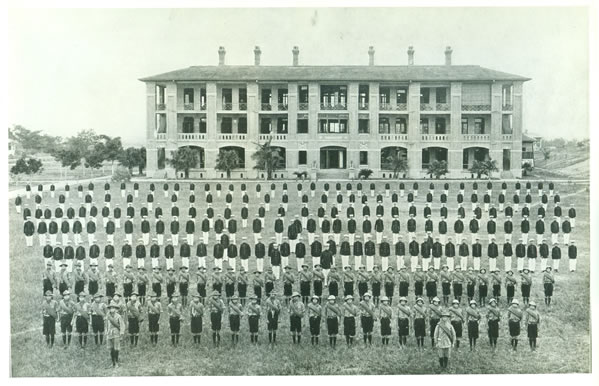
The College grew from strength to strength after building its new campus. In September 1912, without changing its name in English, the College changed its Chinese name to Lingnan Xuexiao. By 1918, it began offering university-level programmes, and awarded certificates to its first three graduates. At the same time, 15 renowned universities, including Harvard, Yale, Columbia, Stanford in the US and Toronto in Canada, announced that Lingnan's graduates would be eligible to apply for their postgraduate programmes.
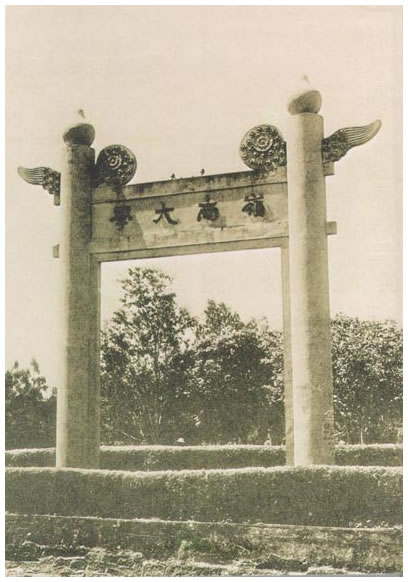
In January 1927, the trustees elected Chung Wing-kwong as its President, and Lee Ying-lam as Vice-President. Under this new leadership, the College changed its Chinese name to Lingnan Daxue and the English name was changed to Lingnan University accordingly. In March the same year, President Chung asked the government to officially recognise Lingnan as an international, private, Christian university. Between 1927 and the eve of the war of resistance against Japan, its curriculum was expanded from the original arts and science courses to include agriculture, commerce, civil engineering and medicine. Primary and secondary school, classes for overseas Chinese, and a Lingnan school in Hong Kong were established too. In the process, Lingnan emerged as a key educational institution in southern China.
During the anti-Japanese War, Lingnan moved in 1938 to Hong Kong, where its middle school had relocated at Leung Garden, Castle Peak Bay, the previous year. Lingnan continued its classes at what is now The University of Hong Kong campus, while its department of agriculture leased a farmland in Lam Tei, Tuen Mun. Following the fall of Hong Kong in December 1941, the then Lingnan University's President, Lee Ying-lam, led its faculty and students on an arduous journey to Shaoguan in northern Guangdong Province. Assisted by the nationalist government and its US-based trustees, the University re-established itself there at Qujiang Dacun, and the campus was named "Lingnan University Village". However, as the war progressed, Lingnan was forced to move once again, this time to Meixian, east of the Pearl River.
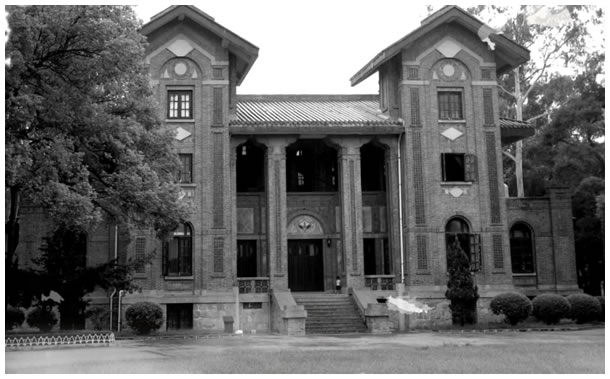
The Japanese surrender in 1945 made it possible for Lingnan University to return to its Guangzhou campus, and in late 1952, the campus became the campus of Sun Yat-sen University, while the programmes or faculties of Lingnan University were merged into other institutions in Guangzhou. This temporarily ended Lingnan's 60-year advancement as an eminent education institution in the Chinese Mainland.
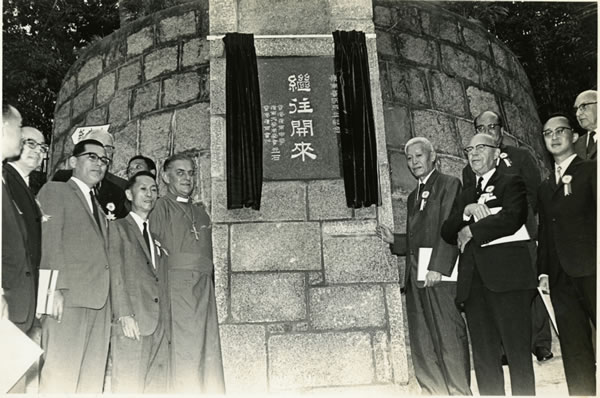
It revived, however, in 1967, when Lingnan alumni set up Lingnan College Co Ltd in Hong Kong as a first step towards its re-establishment. To promote this cause further, Lingnan College Co Ltd merged with Lingnan Secondary School Co Ltd to form the Lingnan Education Organization Co Ltd.
The first classes of the new Lingnan College were conducted at Lingnan Middle School. As the years passed, and with the alumni's increasing support, Lingnan College was able to build more facilities, including a teaching and administration block, main hall, language laboratory, library, and hostel for faculty and administration staff, just like other tertiary institutions. Thanks to the efforts of its staff and students, the College's status as a tertiary institution had gained recognition from over 70 North American universities by 1974.
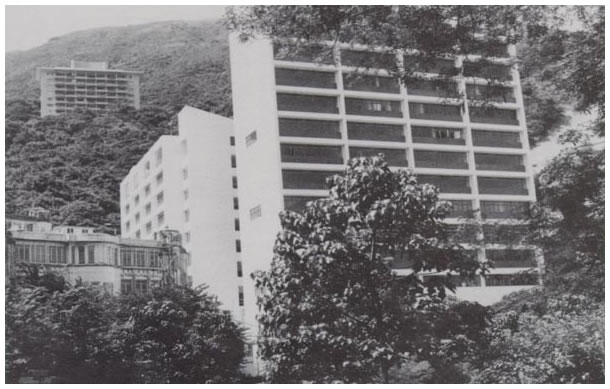
In 1978, it was recognised as a registered post-secondary institution; it changed its name to Lingnan Xueyuan in Chinese and started offering government-subvented programmes. Lingnan adopted a 2-2-1 course structure in 1978. This consisted of a two-year advanced-level course, a two-year higher diploma course, and a one-year honours diploma. Student enrolments increased considerably following this change, which gave it greater potential for further development.
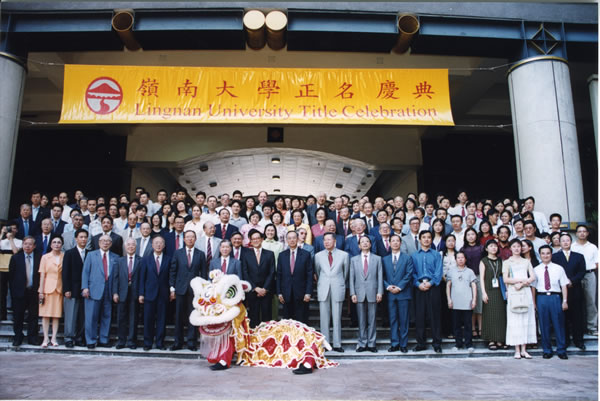
In 1988, the government approved to increase Lingnan’s subvention to a level that would enable it to develop honours diploma programmes and in 1991, it was made a degree-conferring institution. To facilitate its future expansion, Lingnan moved to a new campus in Tuen Mun in 1995 and launched Master of Philosophy programmes. In 1998, it was given self-accrediting status; and in 1999 it was renamed Lingnan University.